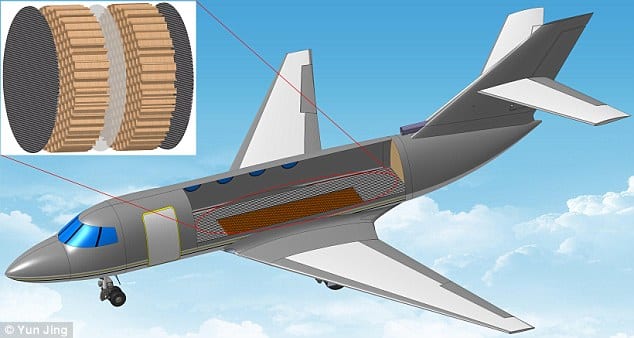Cabins of the plane are at present protected with a solid, light honeycombed material. While its extraordinary at holding weight down – and consequently, mileage up – it is not very good at blocking sound.
North Carolina State University and MIT analysts, whose work was definite a week ago in Applied Physics Letters, made sense of that by putting an elastic film measuring 0.25 mm thick on the honeycomb, they could skip up to 1,000 times more solid waves far from the compartments than is presently conceivable. The layer is especially viable at disposing of low-recurrence clamors, similar to those that originate from the plane’s huge motors. While that appears like an easy decision to any successive flier, carriers may not rush to adjust the material. A real obstacle is that the layer adds 6 percent to the general weight of the plane, which would then raise fuel costs. On the other hand, Yun Jing, an acoustician at North Carolina State University who helped add to the film strategy, told Scientific American that a trade off may be conceivable. A more slender film would include simply a couple rate focuses in weight, while as yet offering huge sound decrease.
Such an answer may really be considerably more helpful, as Jing said a few individuals discover motor clamor encouraging. “A few individuals say they really need to hear the sound of the motor,” he told Scientific American. “They don’t need the compartment to be too calm. They need to verify the plane is as yet flying.”

